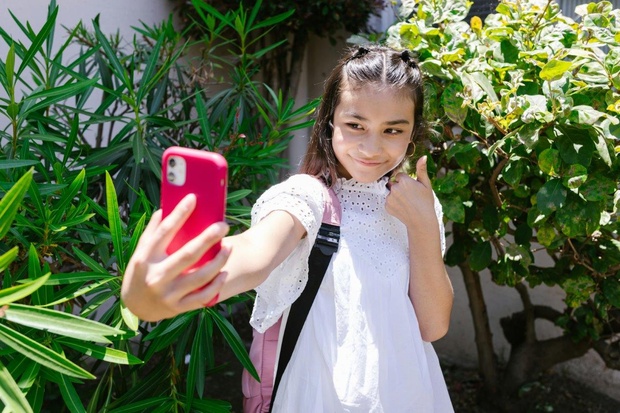The early years of secondary school have always been socially fraught, with groups changing and individuals jostling for position, but the advent of social media has made this time harder than ever for teenagers to navigate.
Most cyberbullying happens between people who know each other, and its impacts inevitably spill over into to the school day, leaving teachers to shoulder a large part of the burden of social media use.
What we might think of as simply ‘being mean’ also has an impact, undermining young people’s confidence at a time when they are working out where they fit in. This form of aggression often creeps into group conversations and can be next to impossible to pick up online, even on child-friendly platforms where moderators are at work.
This online behaviour may be impacting school attendance, with the latest report from the Australian Research Alliance for Children and Youth (ARACY) showing that attendance rates for Years 1 to 10 have fallen to a 10-year low of 89 per cent.
Worryingly, an increasing body of research is also showing the overuse of social media and other forms of addictive screen-based technology may be affecting the healthy development of children’s brains.
Recent work by Macquarie University researchers has highlighted the impact of this overuse on attention, memory, and problem-solving, and its association with the reduction of grey matter in the brain’s frontal lobe.
It’s fair to say we have a problem with social media.

Dr Einstein says it is time for governments, educators, parents and mental health professionals to rethink how we approach the emotional, social and cognitive development of children in the digital age.
The link between social media and anxiety
For a student aged between 12 and 15, feeling liked and part of the group are natural goals, and when these goals are threatened, it can result in anxiety.
My team’s research shows how the pain of the fear of missing out (FoMO) explains the association between social media use and anxiety. If we offer a way to check social goals, then it is difficult for young teens who lack tech discipline to avoid using it. This can lead to worry that drives them online for hours at a time, affecting their face-to-face relationships, schoolwork and sleep.
A randomised control trial has shown that when older youths reduced their social media use to one hour a day, they got more sleep, and depression, anxiety and FoMO all improved.
But in our latest study, we show that while a program delivered at school could potentially change social media use through education, it did not reduce FoMO. Education alone will not affect FoMO.
We already know that reducing social media use can help solve the problems reported week after week in the media. It’s not realistic to expect schools or parents to implement solutions alone.
The relationship between social media use and life satisfaction is also troubling. The more social media children consume, the less satisfied they are with day-to-day life, and this pattern holds until about the age of 16.
The peer environment in schools has become harder than ever to navigate, and the irony is that while social media is responsible for this shift, many young people resort to social media to try to solve the problem.
Putting the onus on the tech giants
It is time for governments, educators, parents and mental health professionals to rethink how we approach the emotional, social and cognitive development of children in the digital age.
The current debate surrounding the proposed social media ban for children under the age of 16 does not mean withdrawing the internet. But until teenagers are settled with the face-to-face social and emotional skills which they need to navigate the later years of school and ultimately adulthood, they should not be using social media.
We already know that reducing social media use can help solve the problems reported week after week in the media. It is not realistic to expect schools or parents to implement solutions alone. Multinational companies created the problems inherent to social media, and they are the ones profiting from them.
- Fear of missing out driving teen anxiety
- Problem screen use hits attention and higher-level thinking: study
A ban is a good place to start, but we can go further. The South Australian Government’s recent report on social media recommends that tech giants face real financial penalties if they cause mental or physical harm to the young people who use their social platforms.
For this to be truly effective, it needs to be nationwide. Social media companies have to know that if they expect to do business in Australia, they also have to play by our rules and protect our young people or face serious consequences to their profit margins.
Dr Einstein is speaking at the two-state Social Media Summit today (October 10) in Sydney and tomorrow (October 11) in Adelaide.
This story first appeared on Macquarie University site The Light House. You can access the original article here.














